Aula Invertida en Educación Secundaria: Una Revisión Sistemática sobre su Impacto en el Rendimiento Académico y la Autonomía del Estudiante
Resumen
Este artículo de revisión sistemática analiza el impacto del modelo de aula invertida en la educación secundaria, con especial énfasis en el rendimiento académico y la autonomía del estudiante. El objetivo fue sintetizar la evidencia empírica publicada entre 2013 y 2025, identificando patrones, fortalezas y limitaciones del modelo. Se empleó la metodología PRISMA, revisando 25 estudios seleccionados a partir de bases de datos académicas como Scopus, Web of Science y ERIC. Los datos fueron analizados en cuatro categorías: rendimiento académico, autonomía del estudiante, estrategias de implementación y factores contextuales/barreas.Los resultados muestran que el aula invertida, cuando se implementa con diseño instruccional de calidad y actividades activas en clase, produce mejoras significativas en el rendimiento académico y favorece el desarrollo de habilidades de autorregulación. Sin embargo, su efectividad se ve condicionada por factores contextuales como el acceso a tecnología, la formación docente y la motivación del alumnado. Asimismo, la investigación revela que la autonomía estudiantil requiere andamiaje inicial para ser sostenida.Se concluye que el aula invertida tiene un potencial transformador en la educación secundaria, pero su éxito depende de una implementación contextualizada y de un equilibrio entre recursos previos y actividades presenciales significativas.
Descargas
Citas
Bergmann, J., & Sams, A. (2012). Flip your classroom: Reach every student in every class every day. International Society for Technology in Education.
Bishop, J. L., & Verleger, M. A. (2013). The flipped classroom: A survey of the research. ASEE National Conference Proceedings, Atlanta, GA, 30(9), 1–18.
Chen, Y., Wang, Y., Kinshuk, & Chen, N. S. (2014). Is FLIP enough? Or should we use the FLIPPED model instead? Computers & Education, 79, 16–27.
https://doi.org/10.1016/j.compedu.2014.07.004
Chuang, H. H., Weng, C. Y., & Chen, C. H. (2018). Which students benefit most from a flipped classroom approach to language learning? British Journal of Educational Technology, 49(1), 56–68. https://doi.org/10.1111/bjet.12530
Eccles, J. S., & Wigfield, A. (2002). Motivational beliefs, values, and goals. Annual Review of Psychology, 53, 109–132. https://doi.org/10.1146/annurev.psych.53.100901.135153
Enfield, J. (2013). Looking at the impact of the flipped classroom model of instruction on undergraduate multimedia students at CSUN. TechTrends, 57(6), 14–27. https://doi.org/10.1007/s11528-013-0698-1
Gilboy, M. B., Heinerichs, S., & Pazzaglia, G. (2015). Enhancing student engagement using the flipped classroom. Journal of Nutrition Education and Behavior, 47(1), 109–114.
https://doi.org/10.1016/j.jneb.2014.08.008
Hao, Y. (2016). Exploring undergraduates’ perspectives and flipped learning readiness in their flipped classrooms. Computers in Human Behavior, 59, 82–92.
https://doi.org/10.1016/j.chb.2016.01.032
Hew, K. F., & Lo, C. K. (2018). Flipped classroom improves student learning in health professions education: A meta-analysis. BMC Medical Education, 18(38), 1–12.
https://doi.org/10.1186/s12909-018-1144-z
Jensen, J. L., Kummer, T. A., & Godoy, P. D. (2015). Improvements from a flipped classroom may simply be the fruits of active learning. CBE—Life Sciences Education, 14(1), ar5.
https://doi.org/10.1187/cbe.14-08-0129
Karabulut-Ilgu, A., Cherrez, N. J., & Jahren, C. T. (2018). A systematic review of research on the flipped learning method in engineering education. British Journal of Educational Technology, 49(3), 398–411. https://doi.org/10.1111/bjet.12548
Kim, M. K., Kim, S. M., Khera, O., & Getman, J. (2014). The experience of three flipped classrooms in an urban university: An exploration of design principles. The Internet and Higher Education, 22, 37–50. https://doi.org/10.1016/j.iheduc.2014.04.003
Lage, M. J., Platt, G. J., & Treglia, M. (2000). Inverting the classroom: A gateway to creating an inclusive learning environment. The Journal of Economic Education, 31(1), 30–43.
https://doi.org/10.2307/1183338
Chen Shih , J. (2025). Relación entre inteligencia emocional y rendimiento académico en estudiantes de nivel superior de Arequipa en la postpandemia . Ciencia Y Reflexión, 4(2), 648–667. https://doi.org/10.70747/cr.v4i2.299
Alcántara , R. L. (2025). Acompañamiento Pedagógico Estrategia Colaborativa. Ciencia Latina Revista Científica Multidisciplinar, 9(3), 7881-7886. https://doi.org/10.37811/cl_rcm.v9i3.18412
Agila Mocha, R. J., Vivanco Ureña, C. I., León Bravo, F. E., & Reyes Carrión , J. P. (2025). Software Educativos para el Proceso de Enseñanza Aprendizaje de Matemáticas en Bachillerato. Ciencia Y Reflexión, 4(2), 1341–1369. https://doi.org/10.70747/cr.v4i2.334
Chen Shih , J. (2025). Relación entre inteligencia emocional y rendimiento académico en estudiantes de nivel superior de Arequipa en la postpandemia . Ciencia Y Reflexión, 4(2), 648–667. https://doi.org/10.70747/cr.v4i2.299
Quelal Morejón , C. E., Rogel Calderón , A. S., Loaiza Dávila , L. E., & Maqueira Caraballo, G. D. L. C. (2025). Los juegos predeportivos: una alternativa para la inclusión de estudiantes con Trastorno del Espectro Autista (TEA) a la clase de Educación Física. Arandu UTIC, 12(2), 2169–2189. https://doi.org/10.69639/arandu.v12i2.1055
Guadalupe Beltrán , E. S., Palomeque Zambrano, J. Y., & Loor Avila, B. A. (2025). Desafíos de la Educación Superior en Contextos Híbridos: Análisis de las Prácticas Docentes en la Universidad Estatal de Milagro durante el Periodo Académico 2025. Revista Veritas De Difusão Científica, 6(2), 1259–1281. https://doi.org/10.61616/rvdc.v6i2.685
Lozano Flores, L. D. (2025). Gamificación en el aprendizaje de unidades de tiempo: el caso de Sims 4. Emergentes - Revista Científica, 5(2), 68–86. https://doi.org/10.60112/erc.v5.i1.373
Velásquez Torres, A. O., González Bautista, G., Neira Vera , M., & García Montañez , A. M. (2025). Formación Docente en la Resolución Pacífica de Conflictos: Diagnóstico de una Necesidad Curricular en Colombia. Estudios Y Perspectivas Revista Científica Y Académica , 5(2), 2936–2952. https://doi.org/10.61384/r.c.a.v5i2.1329
Duarte Gahona, Y. K. (2025). Aplicación de la Inteligencia Artificial en la Personalización del Aprendizaje para Estudiantes con Necesidades Educativas Especiales . Revista Científica De Salud Y Desarrollo Humano , 6(2), 33–53. https://doi.org/10.61368/r.s.d.h.v6i2.575
Love, B., Hodge, A., Grandgenett, N., & Swift, A. W. (2014). Student learning and perceptions in a flipped linear algebra course. International Journal of Mathematical Education in Science and Technology, 45(3), 317–324. https://doi.org/10.1080/0020739X.2013.822582
Martínez-Olvera, W., Esquivel-Gámez, I., & López-Morteo, G. (2020). Efectividad del modelo de aula invertida en la educación secundaria: Un metaanálisis. Revista Electrónica de Investigación Educativa, 22, e12. https://doi.org/10.24320/redie.2020.22.e12.2433
McLaughlin, J. E., Roth, M. T., Glatt, D. M., Gharkholonarehe, N., Davidson, C. A., Griffin, L. M., ... & Mumper, R. J. (2014). The flipped classroom: A course redesign to foster learning and engagement in a health professions school. Academic Medicine, 89(2), 236–243.
https://doi.org/10.1097/ACM.0000000000000086
O’Flaherty, J., & Phillips, C. (2015). The use of flipped classrooms in higher education: A scoping review. The Internet and Higher Education, 25, 85–95.
https://doi.org/10.1016/j.iheduc.2015.02.002
Roach, T. (2014). Student perceptions toward flipped learning: New methods to increase interaction and active learning in economics. International Review of Economics Education, 17, 74–84.
https://doi.org/10.1016/j.iree.2014.08.003
Shakarami, A., Khajehei, H., & Hajizadeh, N. (2017). The effect of flipped classroom on students’ learning in English language teaching. International Journal of Instruction, 10(4), 69–88.
https://doi.org/10.12973/iji.2017.1045a
SpringerOpen. (2017). Flipped classroom: State of the art. Smart Learning Environments, 4(1), 1–10.
https://doi.org/10.1186/s40561-017-0042-8
Strayer, J. F. (2012). How learning in an inverted classroom influences cooperation, innovation and task orientation. Learning Environments Research, 15(2), 171–193. https://doi.org/10.1007/s10984-012-9108-4
Thai, N. T. T., De Wever, B., & Valcke, M. (2017). The impact of a flipped classroom design on learning performance in higher education: Looking for the best “blend” of lectures and guiding questions with feedback. Computers & Education, 107, 113–126.
https://doi.org/10.1016/j.compedu.2017.01.003
Tune, J. D., Sturek, M., & Basile, D. P. (2013). Flipped classroom model improves graduate student performance in cardiovascular, respiratory, and renal physiology. Advances in Physiology Education, 37(4), 316–320. https://doi.org/10.1152/advan.00091.2013
Zainuddin, Z. (2018). Students’ learning performance and perceived motivation in gamified flipped-class instruction. Computers & Education, 126, 75–88.
https://doi.org/10.1016/j.compedu.2018.07.003
Zainuddin, Z., & Halili, S. H. (2016). Flipped classroom research and trends from different fields of study. International Review of Research in Open and Distributed Learning, 17(3), 313–340.
https://doi.org/10.19173/irrodl.v17i3.2274
Derechos de autor 2025 Shantall Alejandra Ayala Hidalgo , Marco Steven Montesdeoca Quishpe, Orfa Carlina Mejía Tanguila, Monica Lucia Alvarado Diaz, Jessica Ivette Quinzo Guevara

Esta obra está bajo licencia internacional Creative Commons Reconocimiento 4.0.

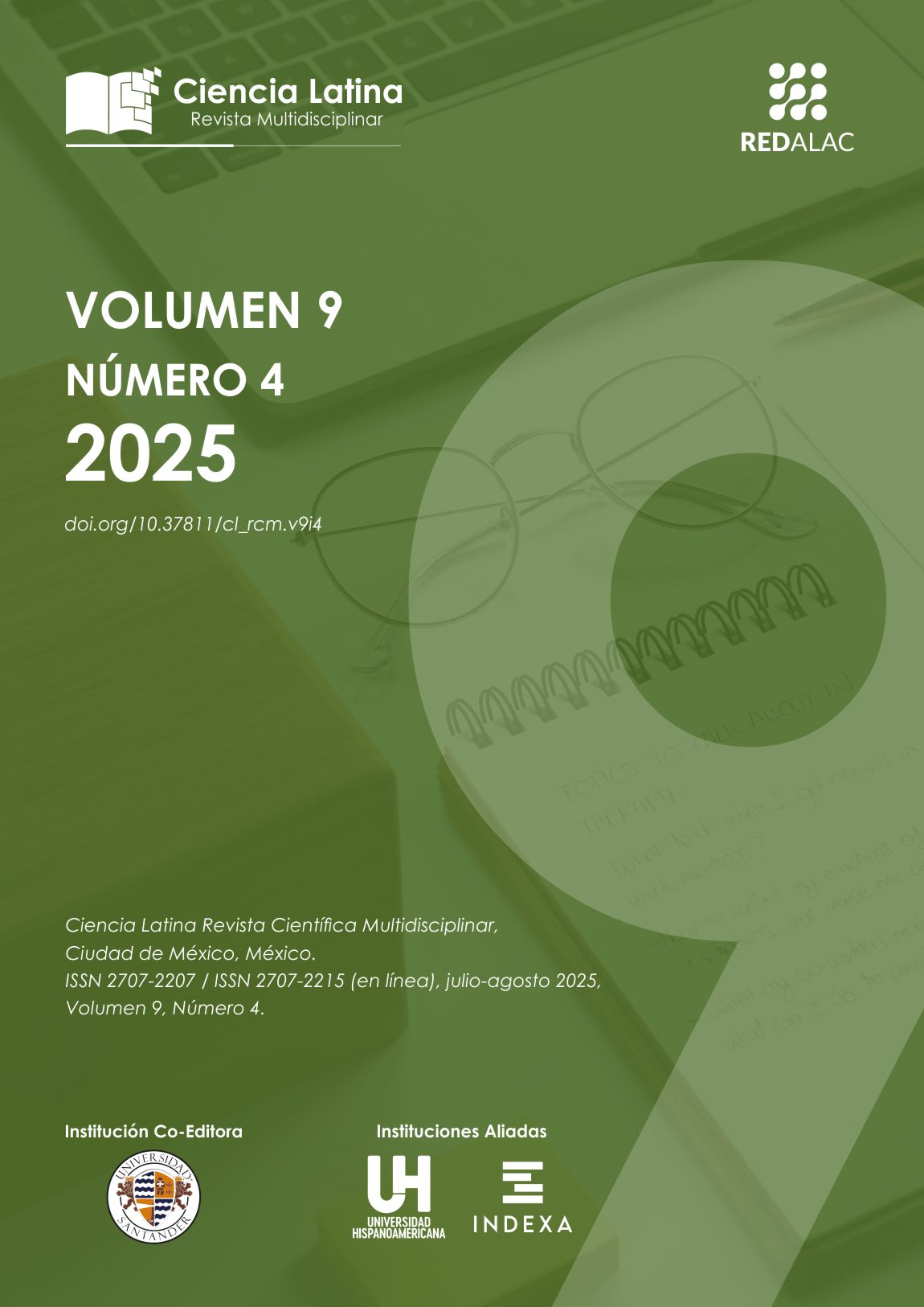
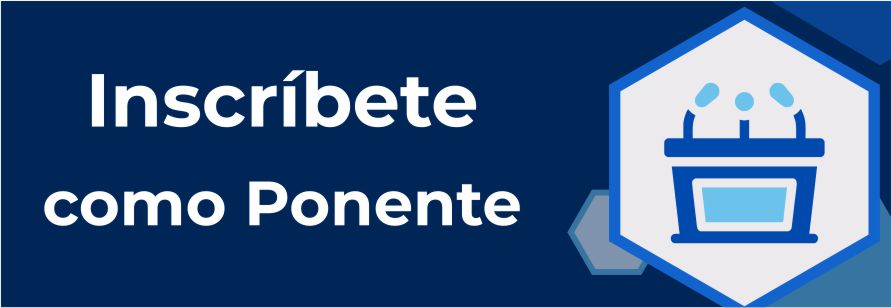
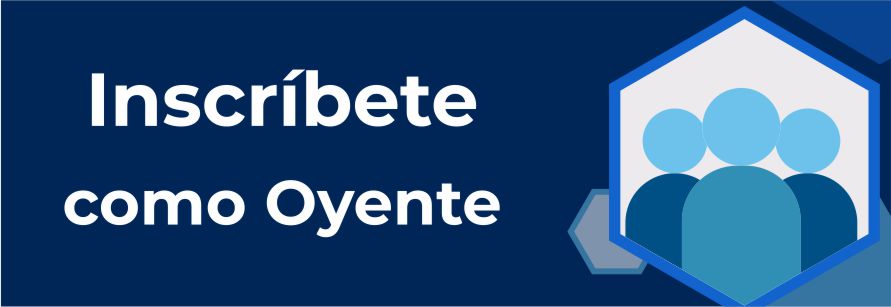


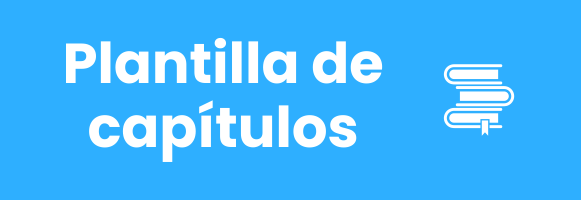

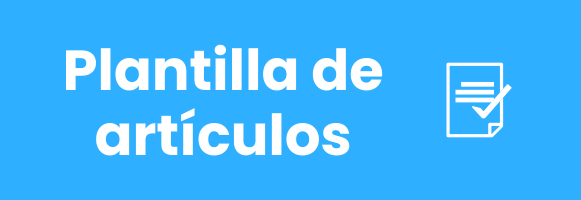




.png)
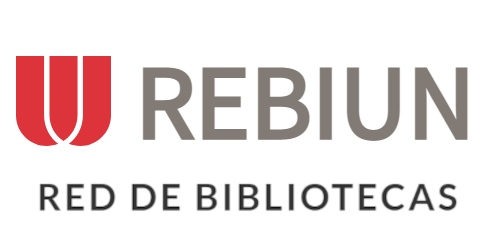







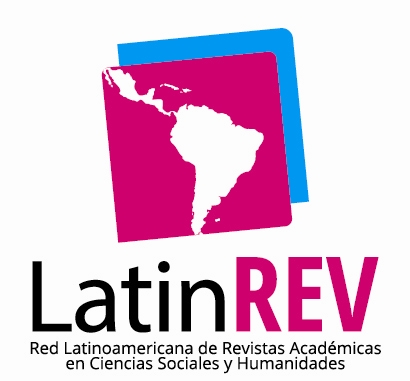

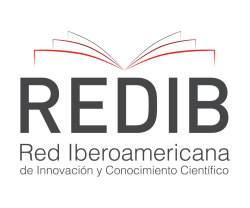




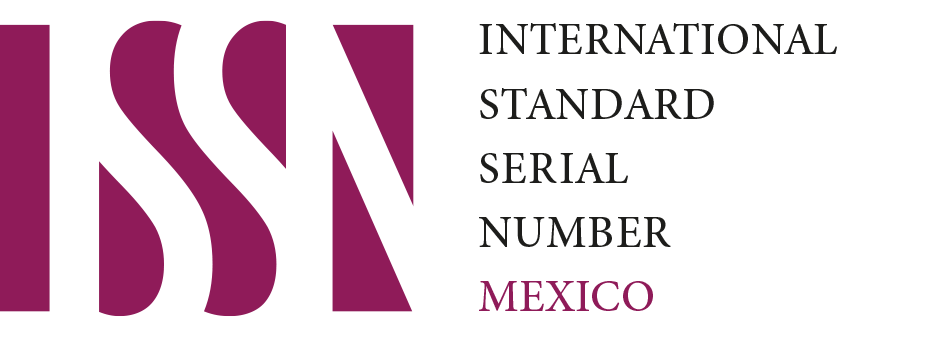




.png)
1.png)


